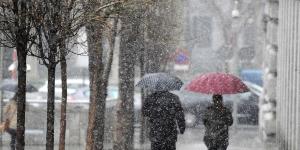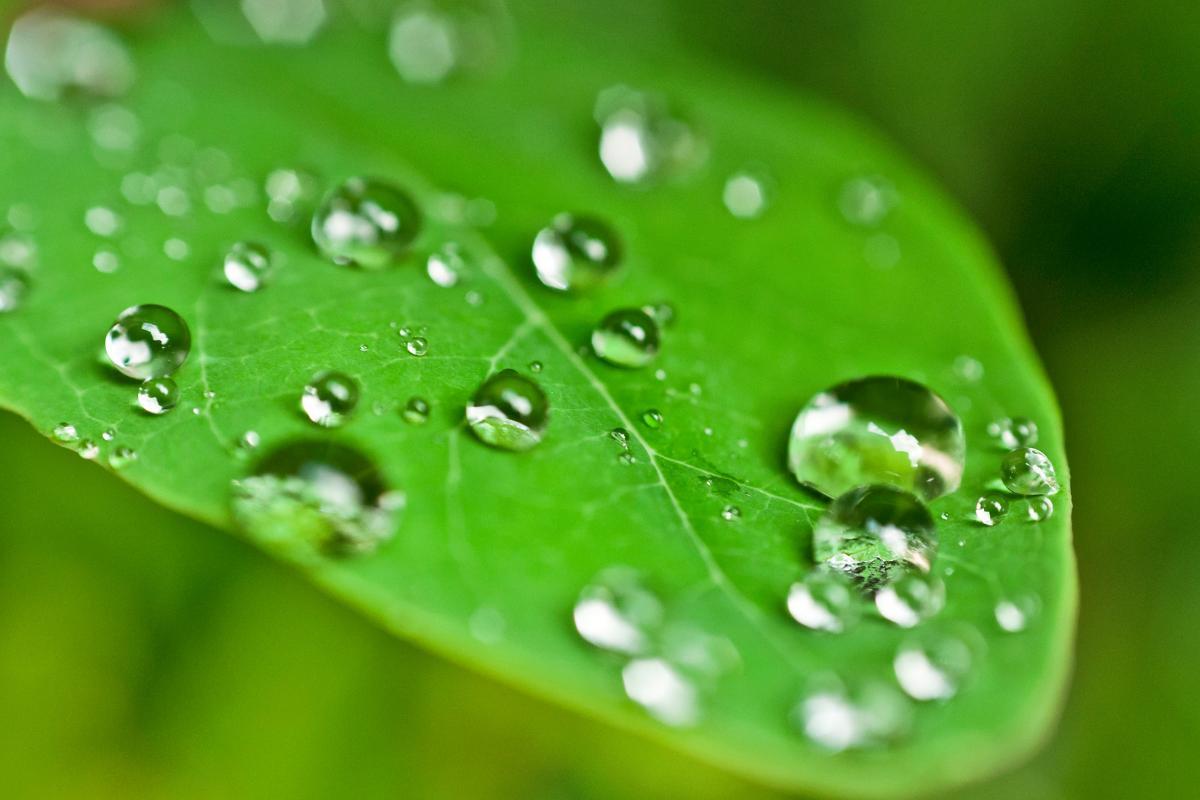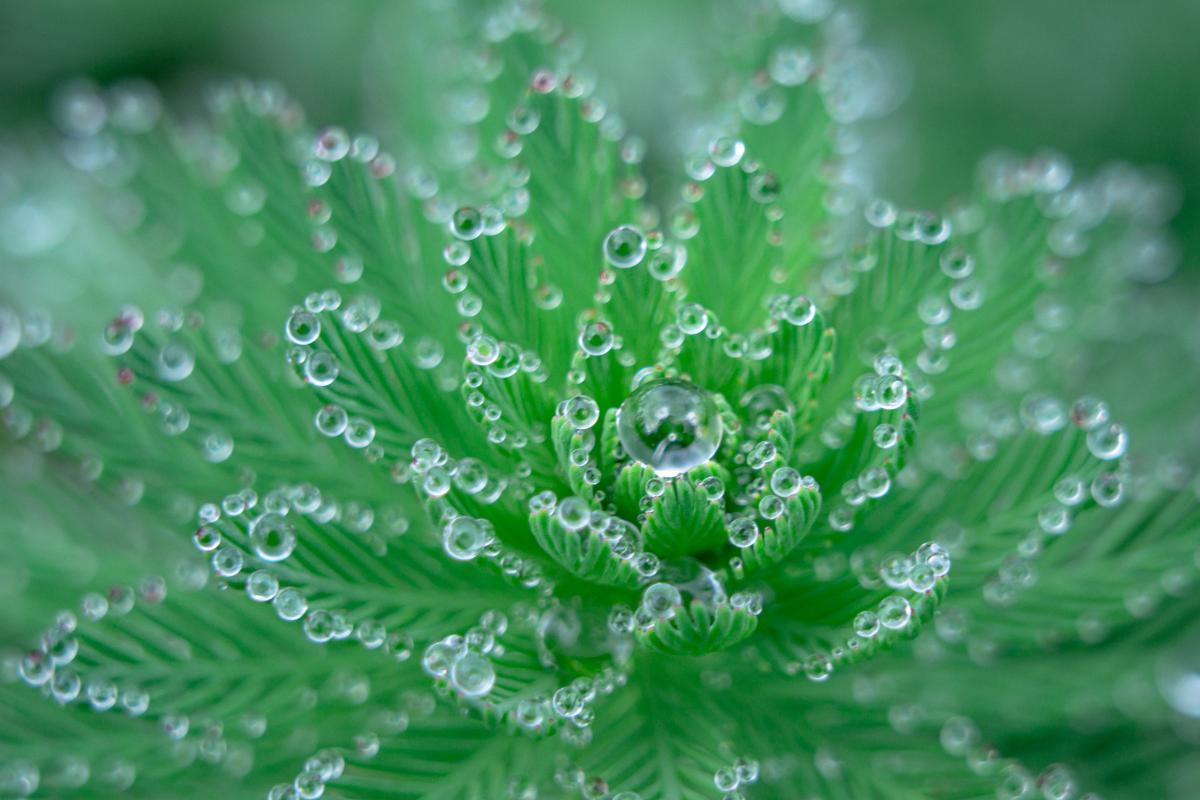What Is Dew and How Does It Form?


The meteorological phenomenon known as dew can occur in the morning or at night. It is something which can be very evocative, often being mentioned in arts and literature. Despite often being given spiritual connotations, dew plays a very important role in the water balance of ecosystems. Defined as the condensation of water vapor into small droplets on exposed surfaces, dew forms during clear nights when heat loss through radiation cools the soil and plants. This process leads to a reduction in surface temperature, reaching the dew point, where the air saturates and condenses moisture into tiny droplets. Aspects such as radiative cooling, relative humidity, the presence of wind and meteorological conditions influence the formation of dew, creating a phenomenon that plays an essential role in various aspects of nature and agriculture.
At thedailyECO, we learn everything to know by asking what is dew and how is it formed? We look at the importance of dew and why morning dew is particularly special.
What is dew?
The definition of dew is a meteorological phenomenon that manifests itself as small droplets of water that settle on any surfaces which has the right conditions for dew formation. These surfaces are often leaves, grass and other exposed objects. Dew forms during the early morning hours or in situations of relatively high humidity. This process occurs when the temperature of these surfaces decreases, reaching what is known as the dew point
The dew point is the temperature at which the air becomes saturated with water vapor and begins to condense in the form of small droplets. Dew is most common under clear skies and calm nights, as these conditions allow the surface temperature to decrease more quickly. The presence of vegetation and the absence of wind favor the formation of dew, since plants release moisture through a process called transpiration. Transpiration helps to create an environment conducive to the condensation of water vapor.

How is dew formed?
Dew formation is a complex phenomenon that is influenced by various meteorological factors.
- At night the Earth emits thermal radiation into space, losing heat. Exposed surfaces, such as soil and plants, experience faster heat loss than the surrounding air, leading to reduced surface temperatures.
- When the surface temperature decreases, the air in contact with it also cools. This radiative cooling causes the air near the surface to reach its saturation point, i.e. the temperature at which the air can no longer retain water vapor and begins to condense. The dew point is the temperature at which air becomes saturated with water vapor and condensation begins to occur.
- When the air reaches its dew point, moisture is transformed into tiny water droplets that settle on surfaces, forming dew.
The relative humidity of the air also plays a crucial role in the formation of dew. In conditions of high relative humidity, the air is closer to its saturation point. This facilitates condensation and dew formation. Clear nights without clouds or wind favor radiative cooling and the formation of dew. The absence of clouds allows thermal radiation to escape into space more efficiently. Additionally, the lack of wind reduces air mixing and contributes to the formation of more localized conditions for dew.
Discover more about meteorological phenomena that are caused by water vapor with our article on the different types of fog.

Why does dew form in the morning?
The formation of morning dew is closely linked to weather patterns and temperature variations that occur during both the night and at dawn. Several factors contribute to dew being more prominent during these times of day. During the night, heat loss through radiation causes exposed surfaces to cool. This nighttime cooling is most pronounced just before dawn, as this is when the temperature difference between the ground and air is greatest.
As surfaces cool, the air near them also decreases in temperature. When this air reaches its dew point, the moisture present in the form of water vapor condenses into small droplets, forming the dew that we see morning dew, i.e. the dew we see in the morning.
The presence of wind can make it difficult for dew to accumulate, as it tends to mix the air and redistribute moisture. Nights and dawns with moderate or no wind favor dew formation by maintaining a relatively still layer of air over surfaces. During the night, the relative humidity tends to increase as the air temperature decreases. Higher relative humidity means that the air can more easily reach its saturation point, contributing to the condensation of water vapor as dew. As a result, right at dawn and during the early morning hours, we can best see the dew.
Learn more about how changing air temperatures can affect ecosystems with our article on what is thermal inversion and how is it formed?
The importance of dew
This phenomenon has significant importance in both nature and human agriculture. In nature, dew provides an additional source of water for plants, especially in areas where rainfall is low. In agriculture, knowledge about dew formation can be valuable to farmers as it can affect moisture conditions on crops and influence irrigation strategies.
On an aesthetic level, dew can create visually striking landscapes. This is especially so when sunlight reflects off tiny water droplets, generating a glowing effect. Photographers and nature lovers often appreciate the beauty that dew brings to the early hours of the morning, capturing poetic and delicate images.
After knowing what dew is and how it is formed, we encourage you to read this other article about what are water resources?
If you want to read similar articles to What Is Dew and How Does It Form?, we recommend you visit our Meteorological phenomena category.
- Definition of Dew, World Meteorological Organization. Available at: https://cloudatlas.wmo.int/es/dew-proper.html
- La Crosse, WI Weather Forecast Office. National Weather Service. National Oceanic And Atmospheric Administration. Dew Point vs. Humidity. Available in. https://www.weather.gov/arx/why_dewpoint_vs_humidity







